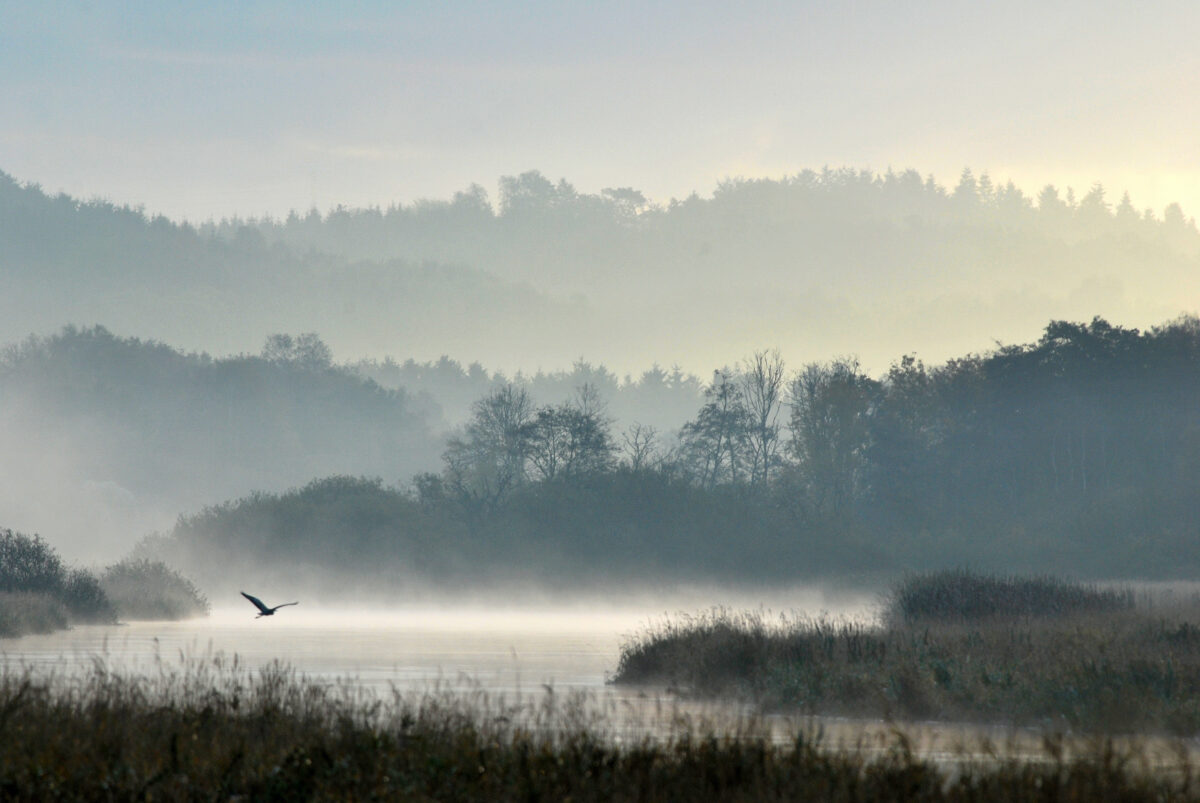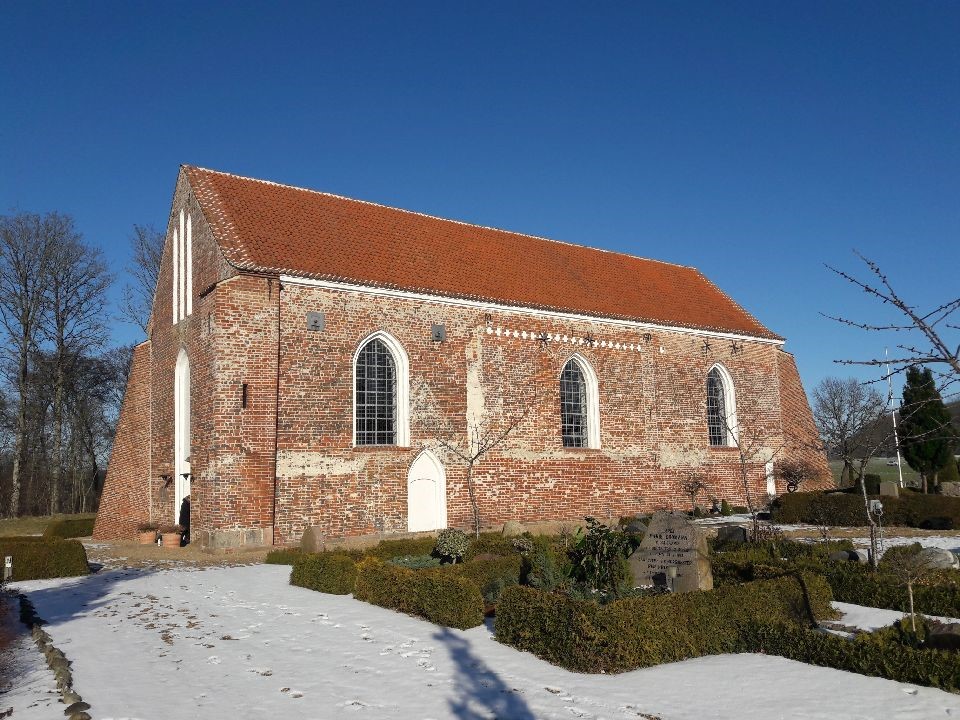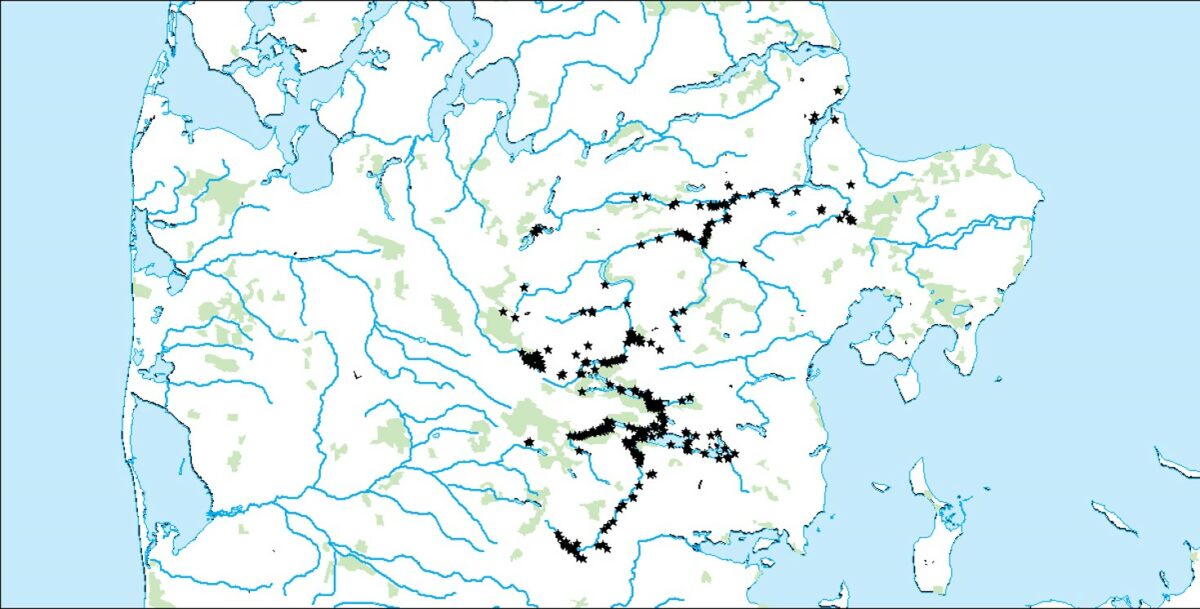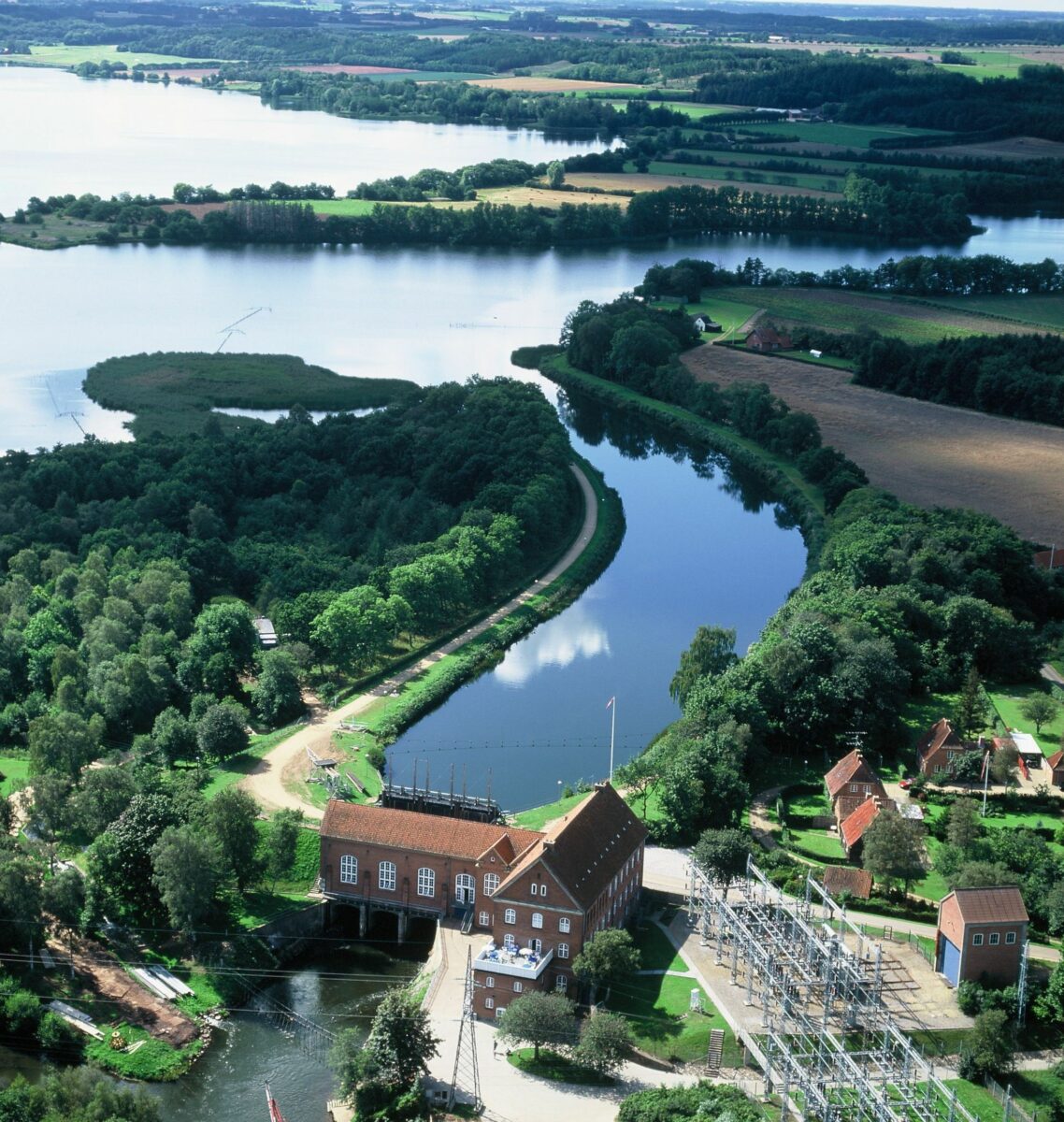
Interaction between Gudenå and people
All along the Gudenåen you will find traces of human interaction with the Gudenåen. Stone Age hunters and gatherers entered the country via Gudenåen and settled down. Medieval monks and nuns built monasteries and harnessed the power of the Gudenå River’s water for milling. The power of water was also the basis for significant constructions such as hydropower plants and factories during early industrialization – where the river was also an important transport and trade route. Gudenåen and its landscape have also inspired artists and writers.

Gudenåen's many monasteries
One of Denmark’s largest concentrations of monasteries can be found along the Gudenåen river. Not much remains of the centers of learning that the monasteries once were, but you can still sense a special atmosphere where they were located in the Middle Ages. And with a little imagination and knowledge, you can almost hear how prayers of the hours were called here, just like in other medieval monasteries in Europe. The photo is of Tvilum church, which today serves as the parish church.
Read more about churches and monasteries at Gudenåen
Stone Age settlements by Gudenåen
So many Stone Age finds have been made at Gudenåen that for a large part of the 20th century an actual Gudenå culture was considered to exist. However, it was later discovered that it could not be categorized as an independent culture, but that doesn’t change the fact that traces of many settlements have been found at Gudenåen. The river allowed access to the forested land and provided a solid pantry.
Read more at Museum Silkeborg

Hydropower plants and early industrialization
The water of the Gudenå River has been used as an energy source since monks and nuns started building watermills in the Middle Ages. Especially on the southern stretch of the Gudenåen, there were also many watermills for many years after the Middle Ages. In the late 1800s, the Gudenå River was exploited in the beginning industrialization – e.g. Vilholdt Mill, Klostermølle and Vestbirk Hydropower Plant and Gudenåcentralen/Tangeværket.

Film about Hakon Mielche, who in 1969 repeats his trip on Gudenåen - this time with his granddaughter Eva
The film below is from 1969 and shows the globetrotter Hakon Mielche who, together with his 13-year-old granddaughter Eva, makes the entire trip from the springs to Randers. The movie moves at a leisurely pace - so sit back and enjoy Gudenåen in 1969.
The trip was a repeat of the one he made in 1935 with his wife. You can listen to a podcast about it via the link below. The series has five episodes.
Podcast about Hakon Mielche's first trip on Gudenåen


